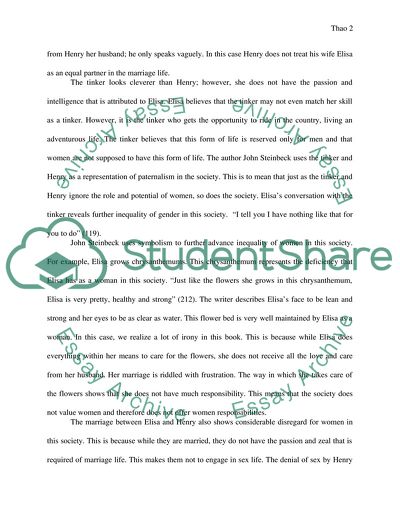Cite this document
(“Short Story: Chrysanthemums By John Steinbeck Essay”, n.d.)
Short Story: Chrysanthemums By John Steinbeck Essay. Retrieved from https://studentshare.org/literature/1580424-short-story-chrysanthemums-by-john-steinbeck
Short Story: Chrysanthemums By John Steinbeck Essay. Retrieved from https://studentshare.org/literature/1580424-short-story-chrysanthemums-by-john-steinbeck
(Short Story: Chrysanthemums By John Steinbeck Essay)
Short Story: Chrysanthemums By John Steinbeck Essay. https://studentshare.org/literature/1580424-short-story-chrysanthemums-by-john-steinbeck.
Short Story: Chrysanthemums By John Steinbeck Essay. https://studentshare.org/literature/1580424-short-story-chrysanthemums-by-john-steinbeck.
“Short Story: Chrysanthemums By John Steinbeck Essay”, n.d. https://studentshare.org/literature/1580424-short-story-chrysanthemums-by-john-steinbeck.


